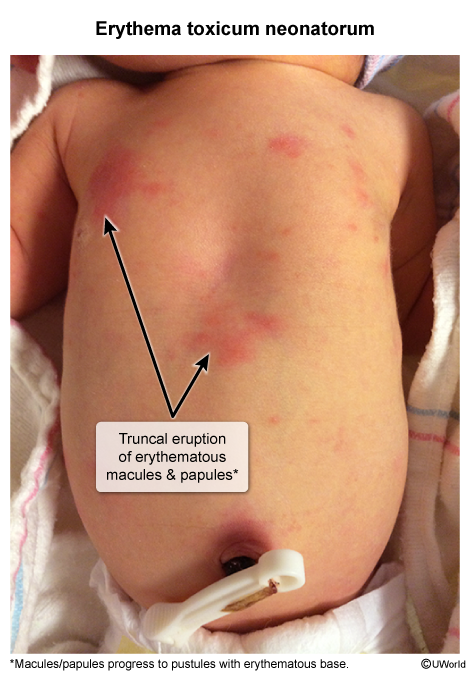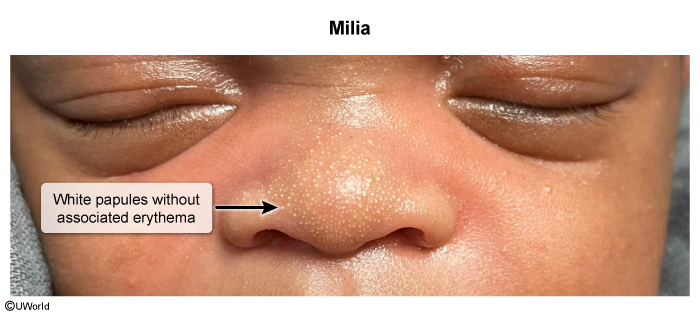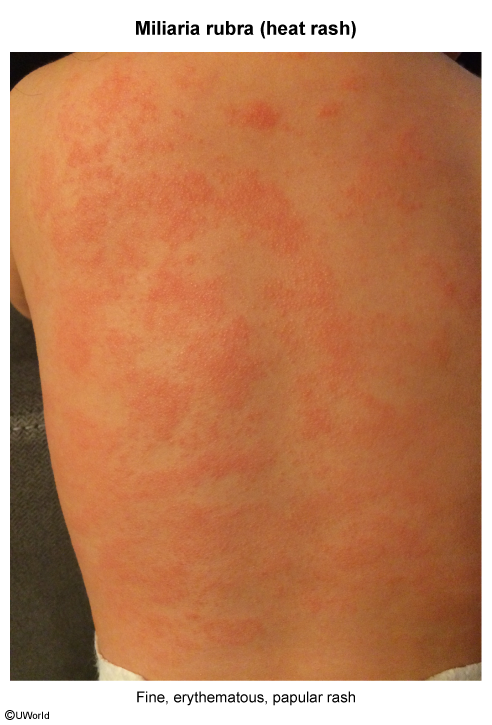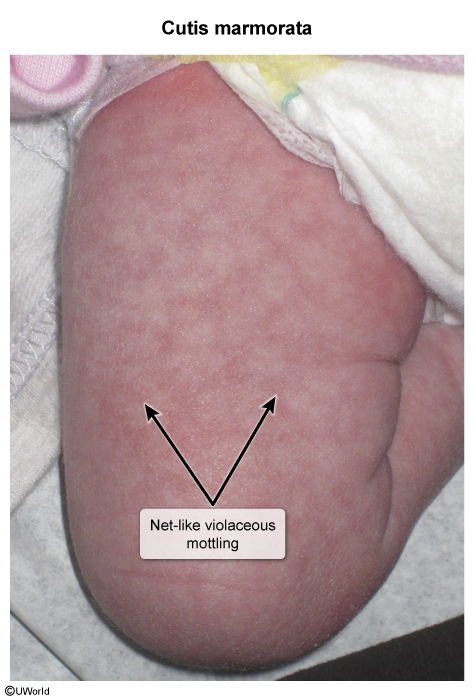Benign Neonatal Rashes
Article Sections
Introduction
During the neonatal period (first 28 days of life), newborns often develop transient, benign rashes. These rashes are typically self-limited and require no treatment. However, prompt recognition of benign neonatal rashes (ie, characteristic age at onset, morphology, course) is necessary to distinguish them from pathologic conditions (eg, infections, genetic skin disorders) that may require urgent intervention.
This article discusses 5 common benign neonatal rashes (Table 1):
- Erythema toxicum neonatorum
- Milia
- Miliaria rubra
- Neonatal pustular melanosis
- Neonatal cephalic pustulosis
In general, a thorough history and physical examination often distinguish these benign diagnoses from pathologic conditions. Nevertheless, the possibility of infection (eg, viral, bacterial, fungal) should be considered, especially in atypical cases. If the history and physical examination show associated vital sign abnormalities, congenital anomalies, or poor growth, other diagnoses should be considered.
Continue Learning with UWorld
Get the full Benign Neonatal Rashes article plus rich visuals, real-world cases, and in-depth insights from medical experts, all available through the UWorld Medical Library.
Figures
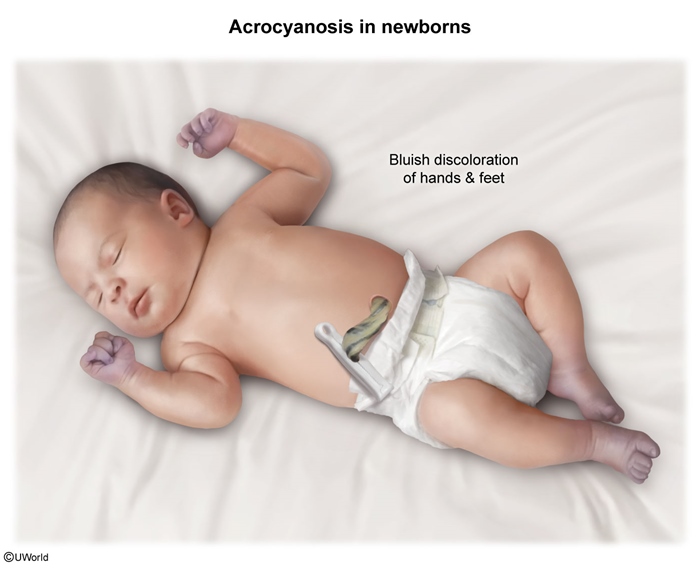
Images
